Report this entry
More from the same community-collection
Y.O.U.N.G GHOSTBUSTERS WALK A MILE IN HER SHOES 2015
Y.O.U.N.G GHOSTBUSTERS WALK A MILE IN HER SHOES 2015
A Snowed El Paso Museum of History Building
Picture taken in January of 2007, right after a large snowstorm.
A Snowed El Paso Museum of History Building 2
Another picture taken in January 2007 of the Snow that fell ...
Snow in Downtown El Paso, TX, Cleveland Square Park, 2007
Picture showing Cleveland Square park on the side of Santa Fe ...
Celebrating Spain - Don Juan de Oñate Exhibit - 1
Small exhibit done in 2008 to celebrate Spain. The exhibition ...
Celebrating Spain - Don Juan de Oñate Exhibit - 2
Small exhibit done in 2008 to celebrate Spain. The exhibition ...
Celebrating Spain - Don Juan de Oñate Exhibit - 3
Small exhibit done in 2008 to celebrate Spain. The exhibition ...
Celebrating Spain - Don Juan de Oñate Exhibit - 4
Small exhibit done in 2008 to celebrate Spain. The exhibition ...
Celebrating Spain - Don Juan de Oñate Exhibit - 5
Small exhibit done in 2008 to celebrate Spain. The exhibition ...





















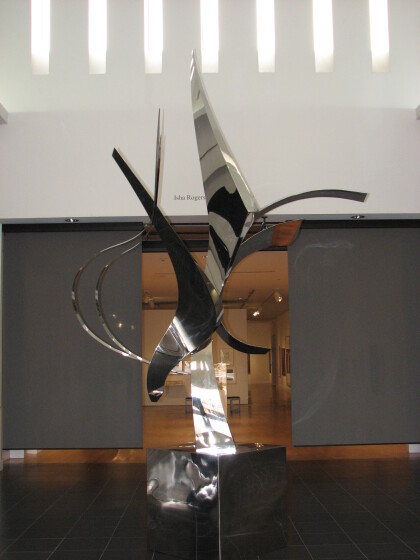
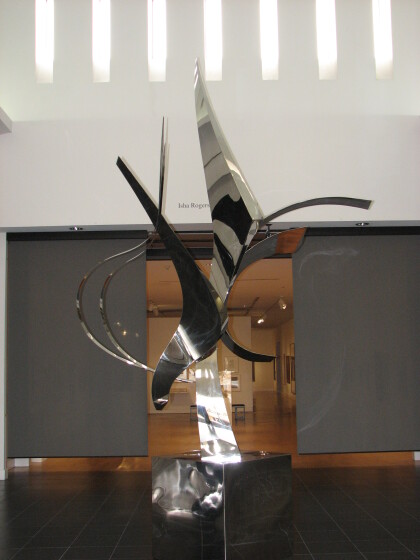
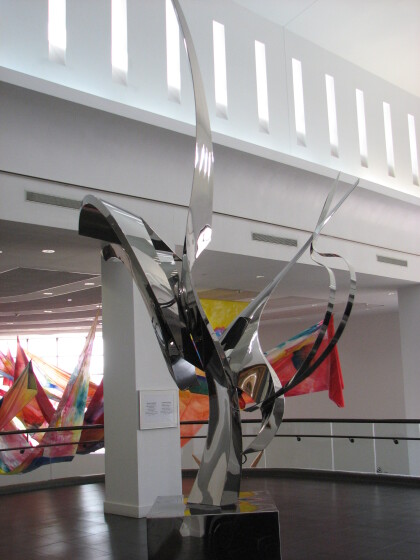
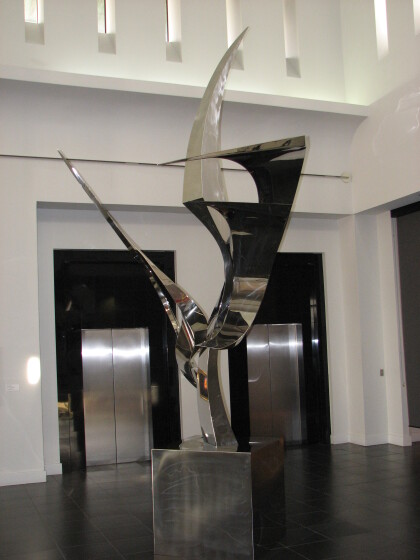
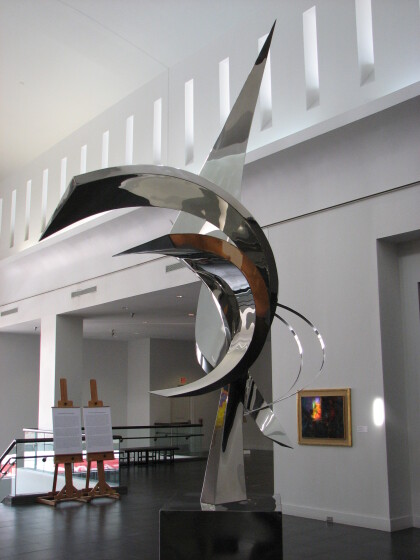
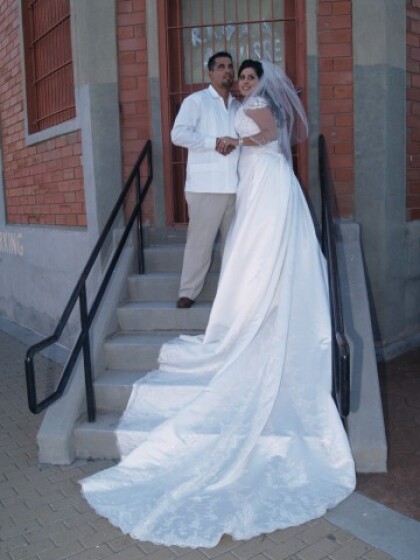
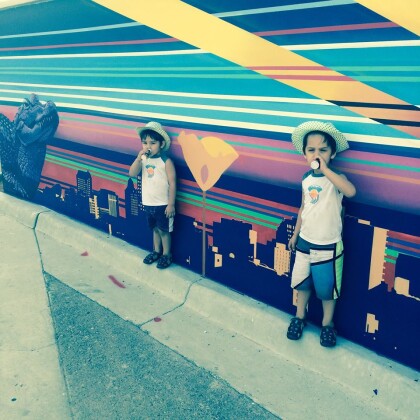
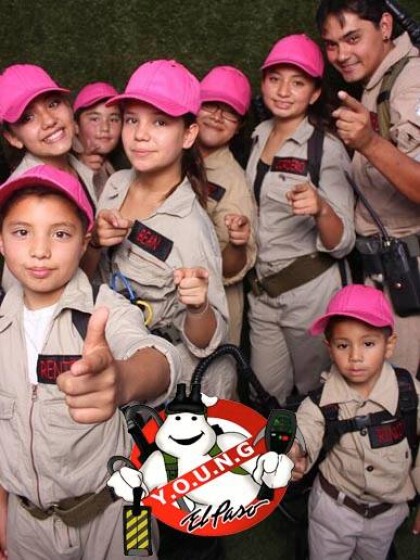


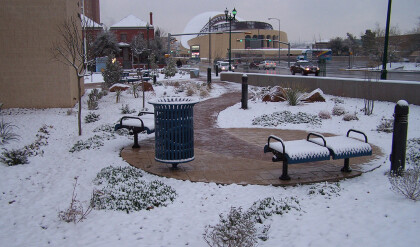
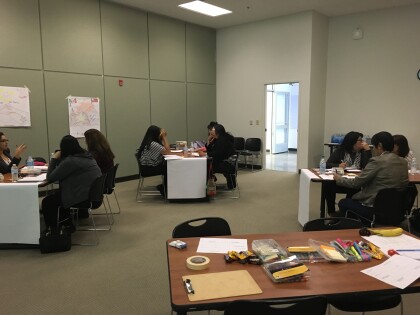
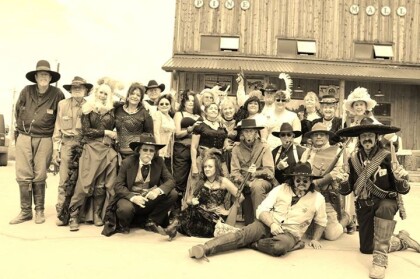
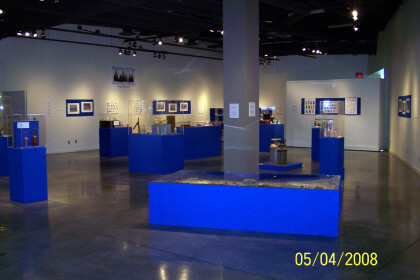
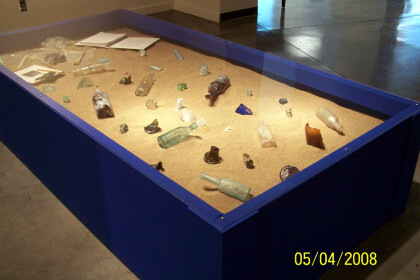

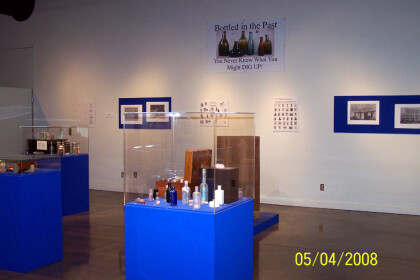
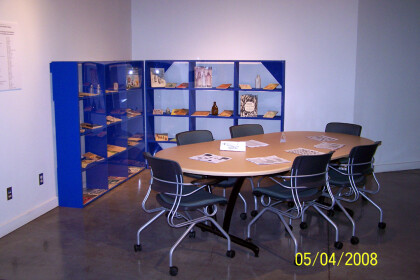
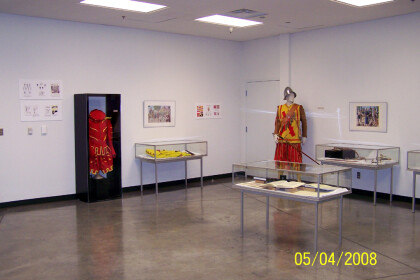
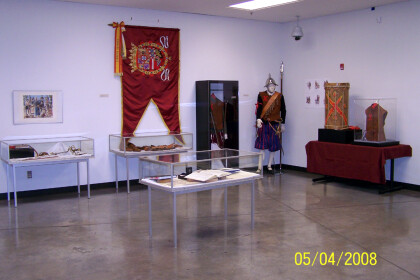
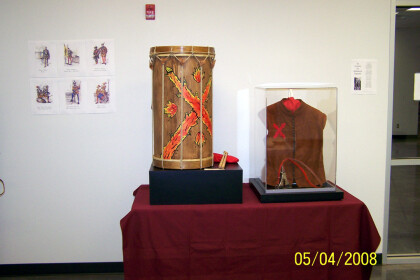
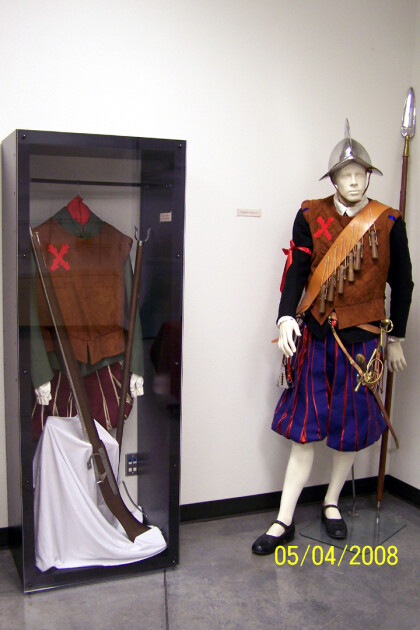
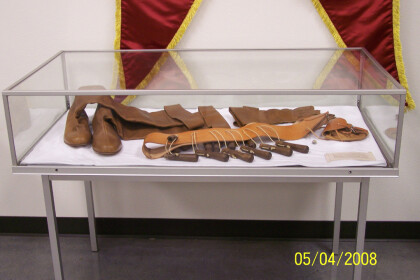
Comments
Add a comment